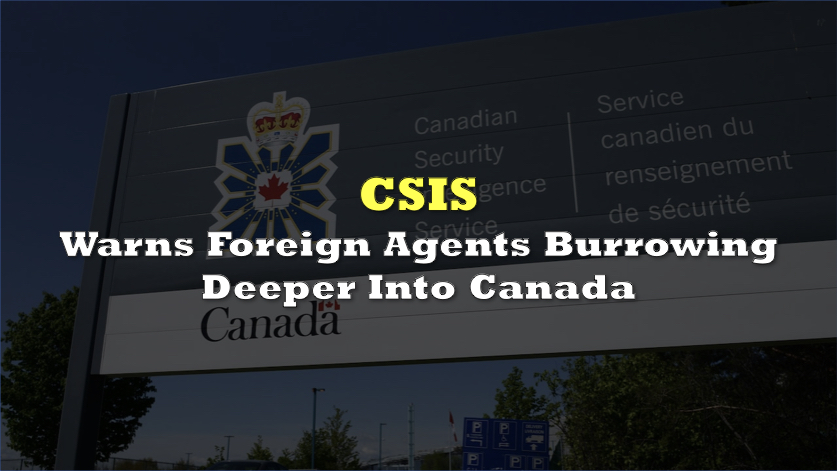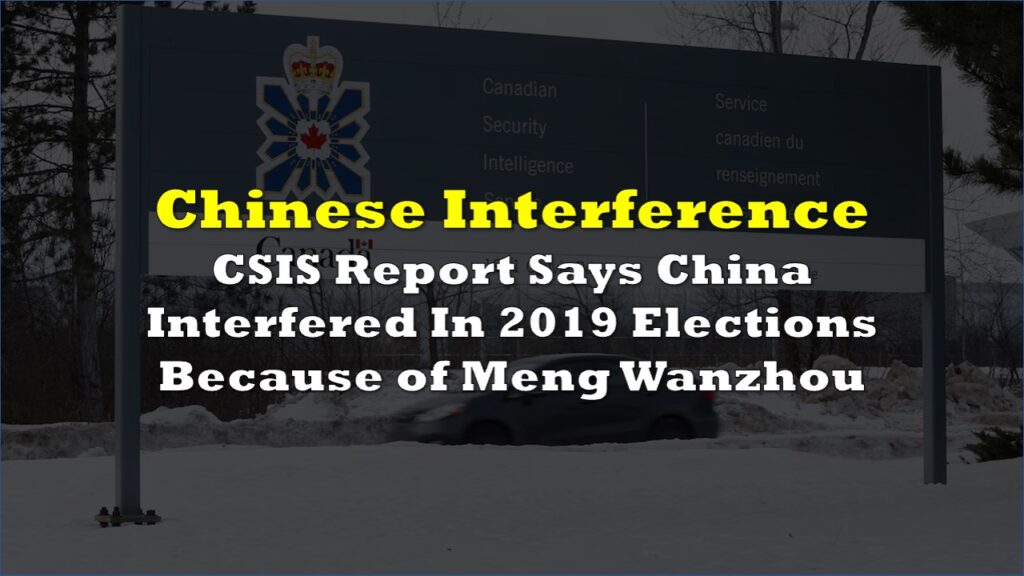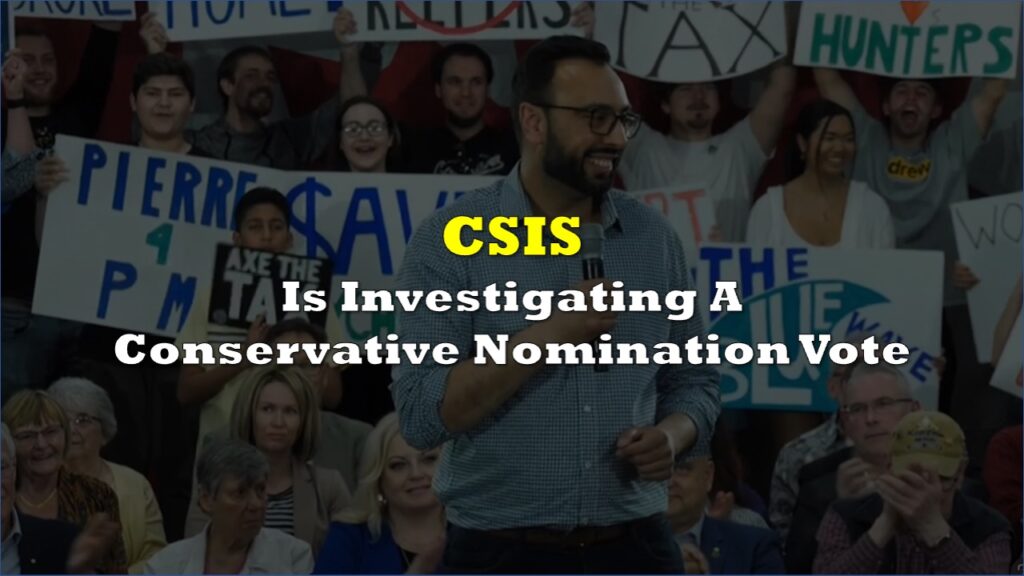Canada’s intelligence chief says China, Russia, and Iran are driving a multi-front foreign agent problem that runs from the Arctic to Ukrainian battlefields and into Canadian homes and data systems.
CSIS director Dan Rogers used his annual threats speech to warn that hostile services are simultaneously recruiting Canadians, routing Canadian technology into Russia’s war machine, plotting lethal attacks on critics of Iran and exploiting Canadian data held under foreign laws. He also flagged a sharp rise in youth involvement in terrorism investigations and a steady drumbeat of extremist violence since 2014.
On China, Rogers framed the threat as both traditional espionage and strategic positioning at a moment when Prime Minister Mark Carney is trying to repair relations with Beijing and is planning a visit to China next year at the invitation of President Xi Jinping.
“Chinese spies have tried to recruit Canadians with information and military expertise” and stressed that China retains a “significant intelligence interest” in Canada’s Arctic.
Russia is depicted as using Canada primarily as a high tech supply base to feed its war in Ukraine. Rogers said CSIS has identified European based front companies that approached Canadian firms to acquire sensitive goods, only for the agency to discover that these entities were tied to Russian agents. Once Canadian products reach Russia, he warned, they are “used to support Russian military efforts in Ukraine and elsewhere.”
That investigation, conducted with the Committee for Freedom in Hong Kong Foundation and the Raoul Wallenberg Centre for Human Rights, combed through Ukrainian battlefield forensics, Hong Kong public records and three years of Russian customs data. The resulting 49-page report mapped where specific Canadian electronic and aerospace parts appeared inside Russian systems in Ukraine, identified the commercial channels that moved them and concluded that Canada’s sanctions and enforcement regimes had failed to stop the flow.
Rogers’s decision to highlight that work amounts to an implicit acknowledgement that Canada’s sanctions tool kit and export controls have not kept pace with adaptive Russian procurement schemes.
Iran features in the CSIS director’s portrait not as a sanctions evader but as a regime willing to direct or outsource lethal violence in Canada. Rogers said Iran “has not abandoned its clandestine effort to carry out lethal threats against Canadians” and referenced prior reporting that Tehran allegedly plotted to assassinate Irwin Cotler, a former Liberal justice minister and prominent human rights advocate. That attempt was foiled by law enforcement and Cotler remains under RCMP security watch because of ongoing threats.
The director’s numbers on violent extremism sketch a steady, measurable toll. Since 2014, Canada has suffered 20 violent extremist attacks that killed 29 people and created at least 60 victims in total. Over just the past three years, CSIS has disrupted 24 violent extremist actions that might otherwise have added to those tallies.
A particularly stark metric is the age profile of suspects. “Nearly one in ten” terrorism investigations at CSIS now includes at least one subject under 18. Rogers stressed that only a small fraction of youth or adults with extreme views actually move to violence, yet when they do the “consequences are devastating.”
Beyond kinetic and covert operations, Rogers warned that foreign governments and corporations increasingly hold Canadians’ data under legal regimes that Ottawa does not control. He said such entities could “choose to act against Canada’s interest with new ways to weaponize data and information.” That warning aligns with a recent Treasury Board of Canada white paper that concluded Ottawa cannot maintain full legal control over its data if a supplier is subject to another country’s laws. According to that paper, the federal government only retains full legal control when it delivers a service itself or uses providers operating entirely under Canadian jurisdiction.
Information for this briefing was found via The Globe And Mail and the sources and the companies mentioned. The author has no securities or affiliations related to this organization. Not a recommendation to buy or sell. Always do additional research and consult a professional before purchasing a security. The author holds no licenses.








